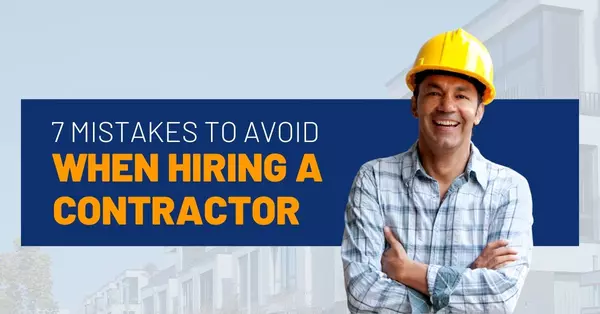Get to know UFirst RE Group
Check out our video resources to learn more about the buying and selling process
Filters Reset
Save Snapshot
View Results
MIAMI DADE COUNTY MARKET SNAPSHOT
(NOV 13, 2025 - DEC 13, 2025)
MIAMI DADE COUNTY MARKET SNAPSHOT
?
Sold Listings
?
Average Sales Price
?
Average Days on Market
Filters Reset
Save Snapshot
View Results
BROWARD COUNTY MARKET SNAPSHOT
(NOV 13, 2025 - DEC 13, 2025)
BROWARD COUNTY MARKET SNAPSHOT
?
Sold Listings
?
Average Sales Price
?
Average Days on Market
Filters Reset
1 Filter
Save Search
0 Properties
MY BLOGS
Your Real Estate Consultant
Real Estate Consultant
I am a Certified "By Referral Only" agent serving south Florida, I am supported by a company that understands your unique needs in a dynamic and rapidly changing real estate environment. The old way of selling homes no longer serves the best interest of a client, thus I have embraced a new way of marketing and selling property with old fashion values, enabling me to offer the most innovative & progressive services to my clients with specific Real Estate Digital Marketing training, My expertise and marketing strategies give sellers a competitive edge and higher sales prices. By executing expertly designed marketing campaigns for your property, fully utilizing the latest marketing strategies and platforms, The result is maximum exposure to more qualified buyers.





